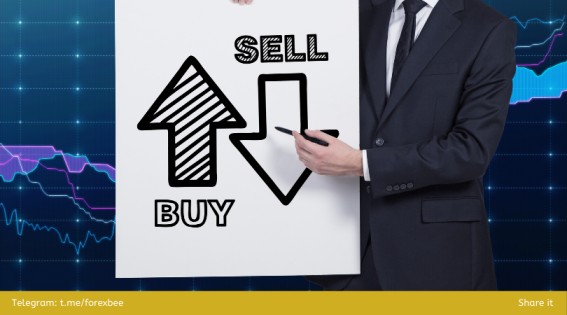After reading the previous articles, you should now understand what Forex is and how it works. To enable you to trade efficiently, we will break down and learn about some of Forex’s most common basic terms. In the end, you will be able to position a forex trade.
First, we will understand what forex position trading is?
And how do I position a forex trade?
Long and Short
To take a forex position, you first need to decide either you want to buy or sell. The decision to buy(meaning buying the base currency and selling the quote currency) a currency should be supported by your analysis (if you buy, you would want the base currency to increase in value) to sell it later at a high price and make you profit.
In trading, buying is equal to taking a “Long Position.”
So we can say that
Buy=Long
If you sell a currency pair (sell the base currency and buy the quote currency), in this scenario, you would like the base currency to fall in value so that you buy it back at a lower price.
So selling a currency pair is called “going short.”
So we can say that
Sell = Short
This answers your question. How do I position a forex trade?

There is another position, a Flat or Square position, in which you have no position open.
Now we will understand what is bid and ask price in foreign exchange?
In the Forex market, the currency pair is always quoted in a bid and ask price. Typically bid price is always lower than the ask price.
What is the Bid price?
Simply put, the bid price is the price of the base currency at which your broker is willing to buy the base currency from you at that time.
So, the “bid” price is the price available to you to take a short position if you want to.

What is the Ask price?
Now, pay close attention, so you don’t get confused later.
Ask price is the price of the currency pair at which your broker is willing to sell that specific currency pair.
So if you wanted to take a long position, you would buy the currency pair from your broker at the “Ask” price.

Most beginners struggle with Should I buy at the bid or ask price?
If you will take a long position and buy a currency pair in the Forex market, the best price for you to do is ask price.
So you will always buy a currency pair at the ask price.
The bid price is always slightly less than the ask price.
what is spread in Forex?
The spread in Forex is simply the difference between the bid and ask price.
Let us understand this through an example.
Consider GBP/USD, in which the bid price is 1.37264, and the ask price is 1.37276. which means,
- If you are willing to sell your GBP, you will click “Sell,” and it will sell you GBP at the bid price of 1.37264
- If you are willing to buy GBP, you will click “Buy,” and your broker will fulfill your order at the ask price of 1.37276
What is compounding in Forex?
If you are starting, you need to understand the concept of compounding and its power very actively.
Compounding in Forex is a technique in which you invest back your starting investment plus your profit to increase your potential of making a profit and build more capital. , With time you will be able to build your trading account capital.
How about a practical example?
To understand it better, we highly recommend you calculate your compounding stats using this compounding calculator in our website’s tools section.
Compound interest is the eighth wonder of the world
Albert Einstein
I hope you will like this Article. For any Questions Comment below, also share by below links. Use Tradingview for technical analysis instead of mt4.
Thanks
Note: All the viewpoints here are according to the rules of technical analysis. we are not responsible for any type of loss in forex trading.

